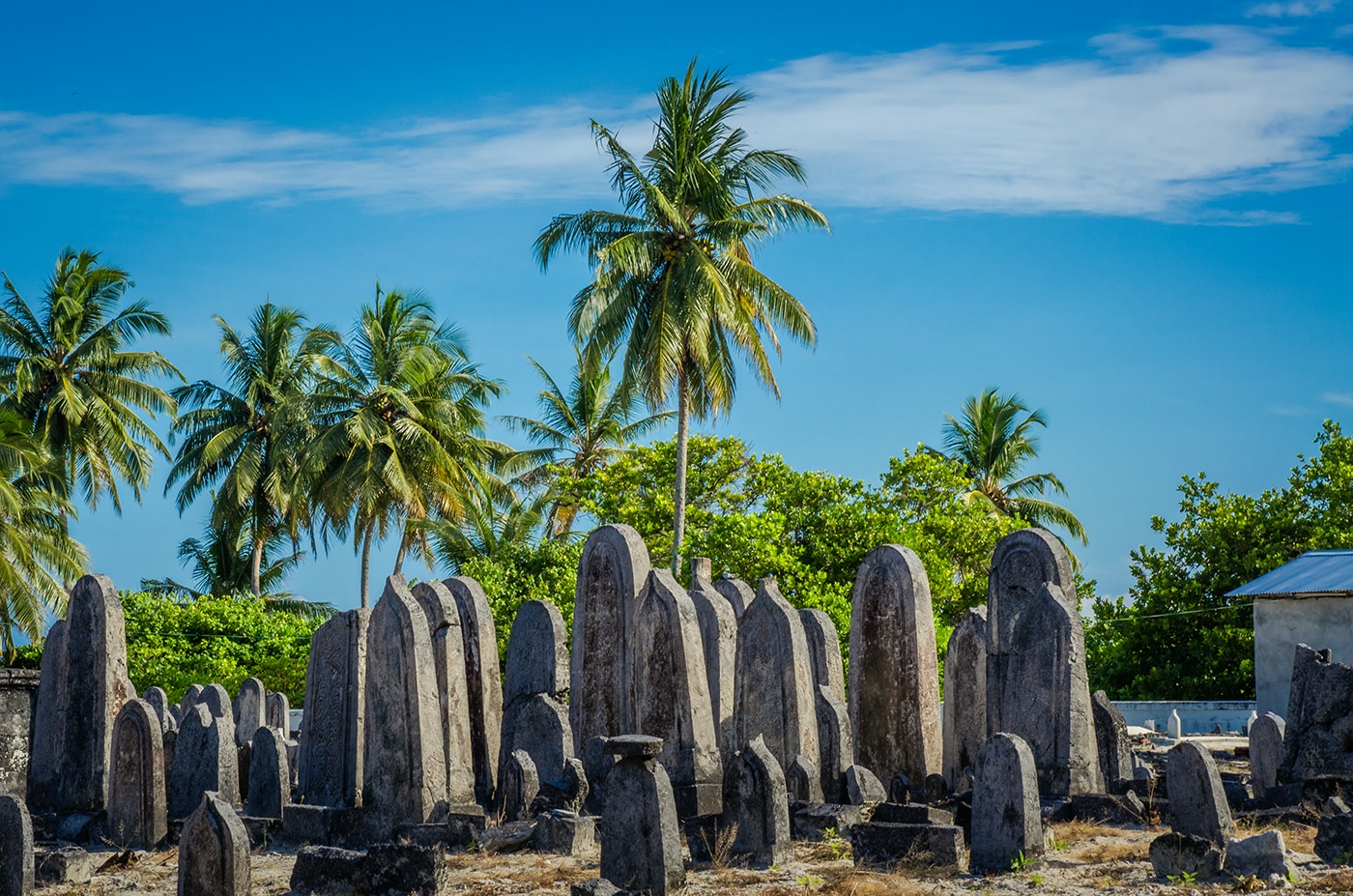The Seenu Fairy
Words by Daniel Bosley; Pictures by Aishath Naj
The Myth
It is a creature found all over the world and yet only in Addu atoll. It goes by many names but is known by just one.
Having driven malevolent crows from the Maldives’ sub-equatorial atoll, the soaring symbol of the south now waits for all those who enter the heart of Maldives.
Gliding on translucent wings, the Seenu fairy lays a single egg on the thinnest of branches, its young balancing effortlessly from the moment of hatching.
Outside of the south, the dhondheeni takes on a different form, the creature changing into a dragonfly when its name is uttered at northern latitudes.
The Reality
The White Tern is a bird found all over the world – most notably in the Atlantic, Pacific, and Indian oceans. In the Maldives, however, the bird is found only in the Maldives southern Addu (Seenu) atoll, though some breeding sites have recently been established in nearby Ghaafu Dhaalu.
Known elsewhere as the White Noddy, the Fairy Tern, and even the Angel Tern – on account of its almost translucent wings when in flight – the bird is known simply as dhondheeni (white bird) in the Addu language.
The bird’s prevalence in Addu is somewhat of a mystery, with many linking its dominance to a lack of crows in the islands. While it is not clear whether the dhondheeni drove the crows out, they are said to behave aggressively towards other species.
In this same vein of evolutionary assertiveness, the bird lays its eggs carefully among small branches in order to deter predators – a unique behaviour for the tern species. Chicks are hatched with strong feet, ready to keep a tight grip on their precarious perch.
Given the bird’s exclusivity to the south, it has become the emblem of Addu, with a giant dhondheeni statue waiting at the end of the causeway leading away from Gan International Airport.
This same southern specificity means that there is no word for the bird in the standard Dhivehi language, with the word dhondhooni (literally, white bird) reserved for the dragonfly in the capital Male.
Truth is usually stranger than fiction, but this is a bird with more than a whiff of myth.



Leave a comment